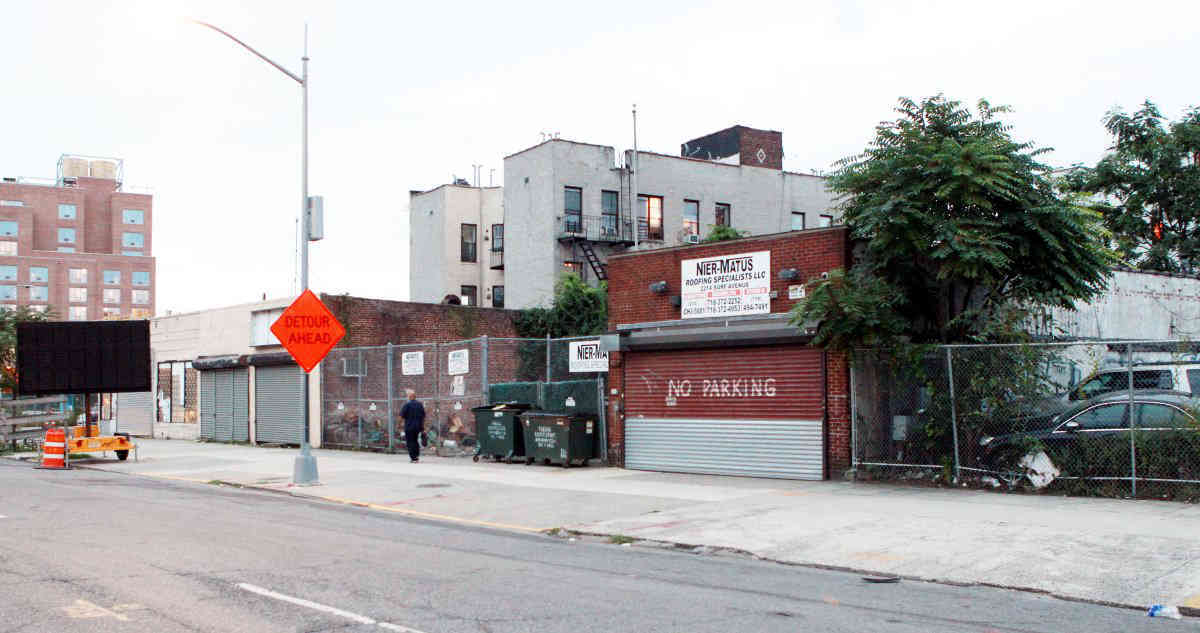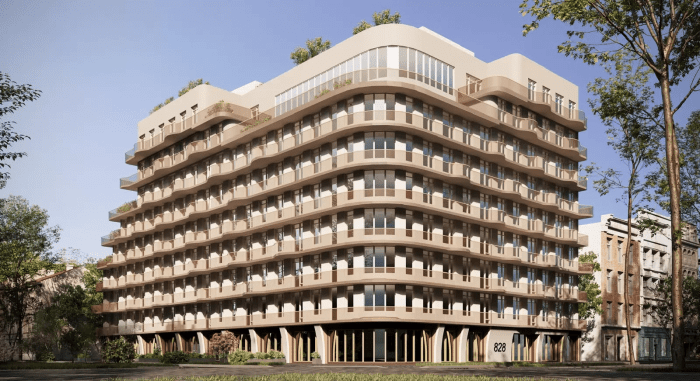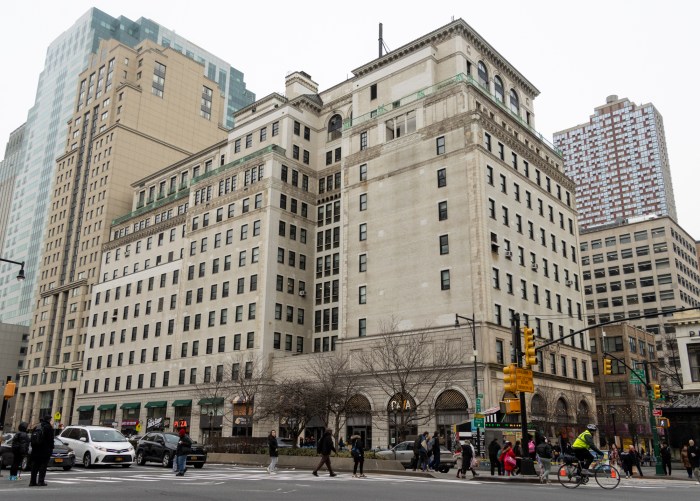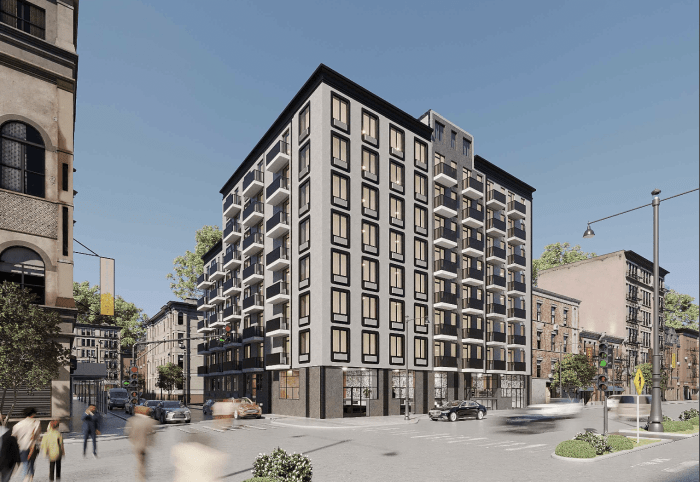Coney Island’s Community Board 13 voted down a controversial rezoning and development plan for a Surf Avenue block that would displace residents out of at least 34 apartments by a vote of 23–3 at an Oct. 24 general board meeting.
The plan — which would rezone the full block between West 22nd and 23rd streets, not just the five lots involved in the current development — would allow future developers to build higher on the whole block, exacerbating the neighborhood’s overcrowding and traffic problems, according to a board member who urged her fellow board members to reject the motion.
“If we change the zoning for him, they’re going to be able to build higher than they can now,” said Wanda Feliciano. “If we approve [the rezoning], we are opening up doors of fire.”
The board’s non-binding vote was part of the yearlong Uniform Land Use Review Procedure — mandatory for all rezoning applications — which involves review by the community board, the borough president, the City Planning Commission, the Council, and the mayor.
The rezoning would include the five lots owned by Winiarski Entities, which contain four buildings with 34 total units and one vacant lot — but also 20 lots the company does not own, which contain a combination of 11 vacant lots and nine industrial, mixed-use, and residential buildings with 81 units total. The zoning change would make rules for the lots match the nearby Special Coney Island District, a product of the 2009 rezoning that allows for six-to-10 story buildings.
The developers — Ronny Winiarski, along with his father, David, and his brother, Nativ — would demolish the four buildings they currently own to build a mixed-use residential and commercial building with about 80 units, with about 20 of them earmarked for families making 60 percent or lower of the area median income, which would be $43,860 or less for a one-person household, or $62,580 for a family of four, according to the city Department of Housing Preservation and Development.
Their new building would include a 12-story tower facing W. 22nd Street and a five-story tower facing W. 23rd Street, both of which would be connected by a one-story retail strip, the developers said, adding that the building will feature space for 40 parking spots split between the roof of the commercial strip and the second story of the two towers.
The Winiarski’s attorney, Richard Lobel, said at the Oct. 24 board meeting that the Department of City Planning asked the developers to expand their rezoning application from their five lots to include the twenty others that make up the full block. But the board’s chairwoman demanded to know what the Department of City Planning was planning to do with the rezoned land.
“You’re asking to rezone the whole block … what is City Planning planning to do with the rest of the block?” asked JoAnn Weiss.
Lobel didn’t have an answer, saying that the agency asked the developers to make the change and they complied, adding that it was in the developer’s interest to rezone as small an area as possible due to the fees involved in applying for rezonings.
“The Department of City Planning asked for this, we responded,” he said.
The development’s environmental assessment projects that if the entire block is upzoned other developers could be expected to build seven mixed-use, predominantly residential, eight-to-10 story buildings — holding up to 164 units — on the lots not owned by the Winiarskis. But a spokesman for the City Planning agency said that the other projected developments included in the environmental assessment are simply hypothetical projects, since the environmental assessment must account for potential impacts the new zoning might have on the block over time, adding that the department asked the developers to apply for rezoning for the whole lot to follow “good planning principles” and benefit the entire block rather than only their development.
Many board members — including Feliciano — pressed for answers on an unresolved issue that was a point of contention at a committee meeting with the developers and Lobel earlier in the month, when the Winiarskis couldn’t say where they would relocate displaced tenants.
“We had asked the developer about what is he going to do with the people that live in the buildings that he plans on tearing down. He didn’t give us a proper answer,” Feliciano said.
But at the Oct. 24 CB13 meeting — and an Oct. 25 public hearing on the rezoning at the borough president’s office — Lobel said the developers decided to offer tenants of the current 19 non-rent regulated units apartments in the other Coney Island buildings the developers own, at their current rent rates, after hearing the community board’s concerns on the matter.
“This is a commitment which the applicant is prepared to make,” Lobel said.
Lobel did not respond to an inquiry by press time about exactly which other neighborhood properties the developers would offer those displaced tenants.
A spokesman for the state Department of Housing and Community Renewal, which oversees rent-regulated housing, said the agency would notify tenants of the 15 rent regulated units about the possibility of the demolition ahead of time, and would use a standard formula to determine the stipends owed to the tenants by the owner to subsidise their rent when they have to move.
Borough President Adams must submit his written recommendation on the rezoning to the City Planning Commission by Nov. 23.

















